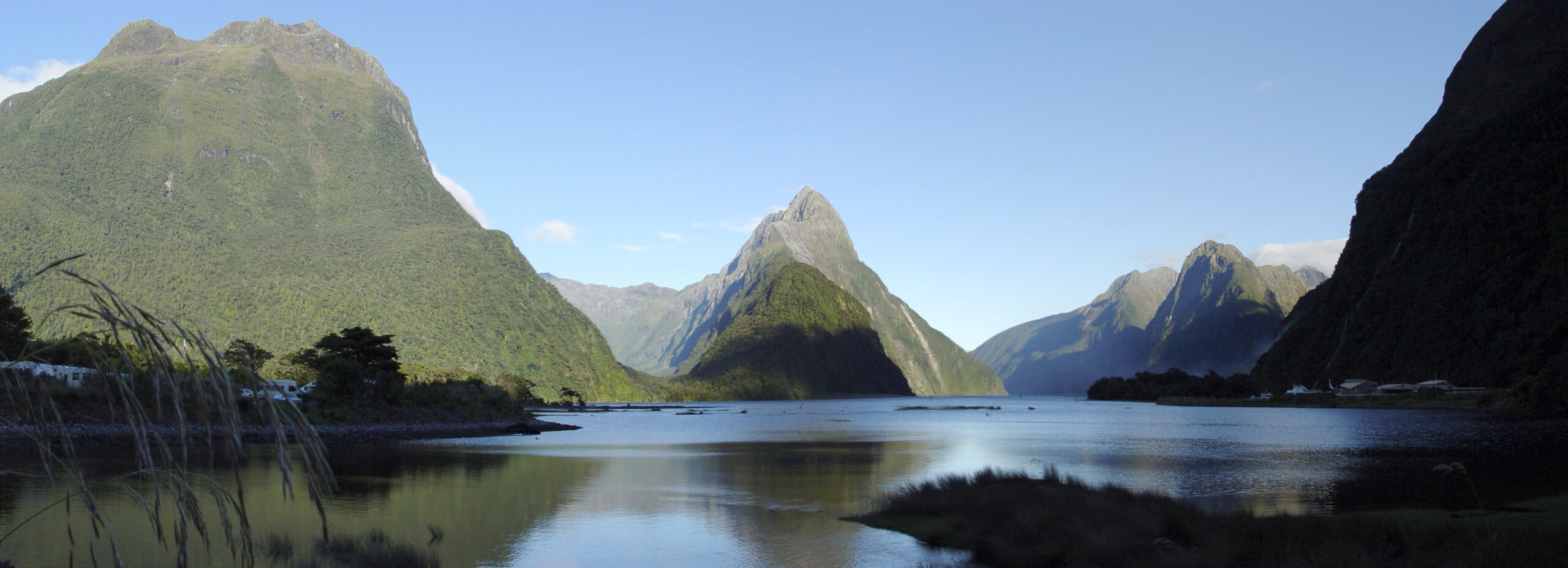
In our study of the ocean, we come to another interesting fact about salt water.
It is more dense than fresh water. This means that there is more mass in a volume of it than there is in fresh water. More mass means that gravity has more effect upon it.
Salt water is heavier than fresh.
You can test this in your kitchen lab.
Materials:
- a transparent container
- food coloring
- distilled water
- salt
- plastic wrap (may use paper)
Procedure:
- Into the glass container, put the water and enough salt so that the water is saturated and there is salt on the bottom of the jar.
- Add a few drops of food coloring. Just for a moment enjoy the sight of the color diffusing into the water. Stir it up to finish the mixing of the color.
- Carefully, place the plastic wrap on the surface of the colored water.
- Slowly pour some distilled water onto the plastic wrap.
- Slide the plastic wrap out from the jar smoothly so that the two bodies of water do not mix.
- Do you notice a clear layer of water standing above the colored water? If you are careful not to agitate the water, it will remain so for a number of hours. Gradually, the color will become uniform throughout the jar as the molecules of the salt diffuse throughout.
How does this effect show up in the world?
In Texas’ Galveston Bay, rain (fresh water) falls onto the surface of the water and forms a layer of fresh water on top.
Where a stream meets the Pacific Ocean (or Atlantic) the stream water will tend to stay at the surface of the water until the two are mixed by tidal or wave action. Milford Sound, in New Zealand, is fed by fresh water streams, and maintains a constant fresh water layer several feet deep above the salt water.
Have you encountered any other examples of this phenomenon in your homeschool adventures? Leave a comment and tell us about it!
